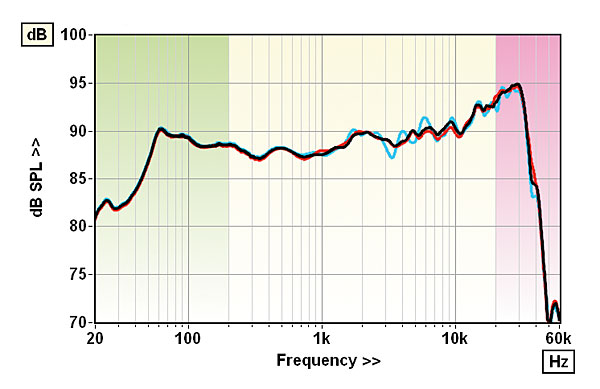mxk116 wrote on my system thread:
"This tonal shift also alters my perception of the rhythmic pace of the performance making the two recordings sound like two different takes of the same song."
I started a new thread on this point because I think it is an interesting topic: Do we sometimes mistake a difference in tonal balance for a difference in pace or a difference in resolution?
In radio communications speakers often have EQ buttons to suppress bass frequencies and emphasize midrange and treble frequencies to enhance the intelligibility of voice communications. But twisting up the treble control does not increase resolution (defined by me as the audio equivalent of pixels per unit of area) although it will enhance intelligibility and it may appear to enhance detail.
Does turning up the bass control (in our audio context, using warmer sounding electronics, for example) appear to slow down the pace of the musical presentation?
"This tonal shift also alters my perception of the rhythmic pace of the performance making the two recordings sound like two different takes of the same song."
I started a new thread on this point because I think it is an interesting topic: Do we sometimes mistake a difference in tonal balance for a difference in pace or a difference in resolution?
In radio communications speakers often have EQ buttons to suppress bass frequencies and emphasize midrange and treble frequencies to enhance the intelligibility of voice communications. But twisting up the treble control does not increase resolution (defined by me as the audio equivalent of pixels per unit of area) although it will enhance intelligibility and it may appear to enhance detail.
Does turning up the bass control (in our audio context, using warmer sounding electronics, for example) appear to slow down the pace of the musical presentation?
Last edited:











